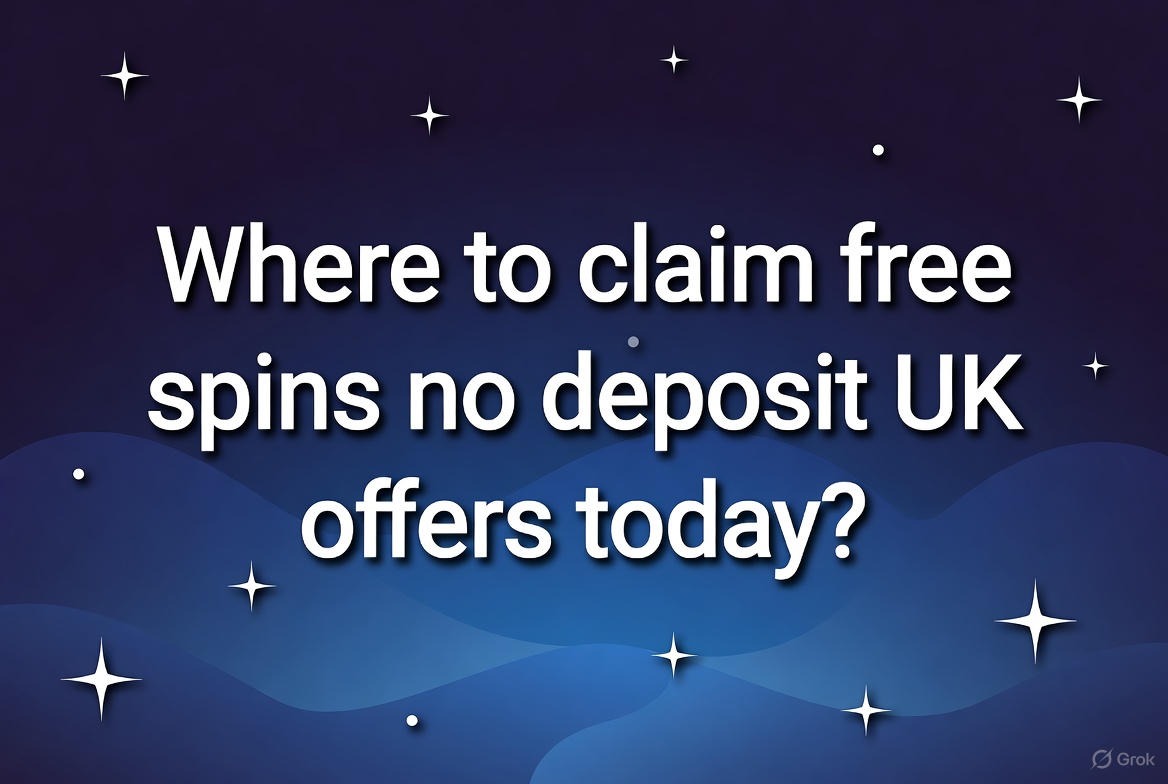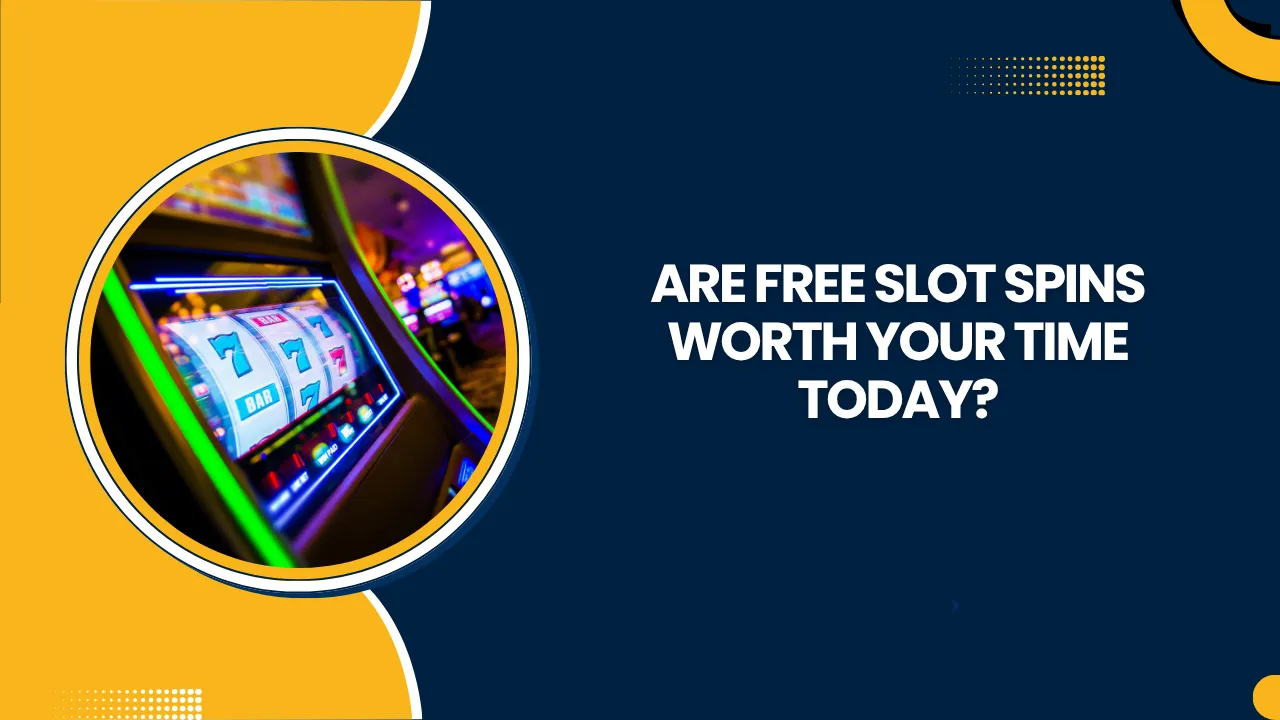I’ve lost count of how many times I’ve watched a perfectly good evening spiral because someone “just pushed the limit a little.” These days, most regulated gambling sites nudge you to set win and loss limits before you even place a bet. It sounds sensible—decide your ceiling and floor, then let software save you from yourself. But does it truly work? After years dabbling in poker rooms, sportsbook promos, and live dealer lobbies, I’ve come to see limits as helpful tools with sharp edges. Used right, they’re a seatbelt. Used wrong, they’re a placebo that makes you drive faster.
The psychology is sneaky. A self-imposed stop line can either give you the discipline you lacked or act like a license to binge until the meter hits red. I’ve tested both outcomes. The difference wasn’t the software—it was how I framed the rule to myself. So let’s unpack what these limits actually do, why some players feel safer than they are, and how to make them genuinely protective.
In the UK, the conversation gets even more complicated because many frustrated players drift to non GamStop casinos to avoid mandatory restrictions. The irony is painful: running from one safety net often means cutting all the others. That’s why understanding the mechanics—and the mindset—behind limits matters more than ever.
What Are Win/Loss Limits Supposed to Do?
At their core, these tools let you predefine thresholds. Hit your loss limit and the system locks you out (for a session, a day, a week—whatever you picked). Reach your win limit and you’re prompted to withdraw or at least take a break. It’s the digital equivalent of telling the pit boss, “Kick me out after I drop £200.” Except online, the pit boss is code, and code doesn’t make exceptions when you’re on tilt or on fire.
The Three Psychological Jobs of a Limit
Pre-Commitment: You decide calmly, in advance, how much pain or euphoria you’ll allow.
Friction Point: When emotions spike, a hard rule slows you down. Even the extra click to lower a limit after a cooling-off period gives your rational brain time to speak.
Debrief Cue: Hitting a limit—win or loss—can trigger reflection. Why did I burn through it so fast? Why am I desperate to keep going if I already hit goal?
Why Some Players Still Blow Past Their Own Lines
Limits fail when they’re treated like suggestions. I used to set loss caps that were too high to matter because I didn’t want to “waste” my session. I’d then rationalize the number as affordable, even when it wasn’t. Others set overly tight limits they constantly bump, turning the tool into an annoyance rather than protection. Both extremes break the spell.
When “Win Limits” Backfire
A surprising number of players I’ve coached hit a win target, cash out a portion, then dive right back with a “free roll” mentality. The limit becomes a milestone, not a stop. The trick is to pair a win cap with a post-win routine: leave the platform, log the result, share the win with a friend who’ll shame you if you go back. If you don’t pair the limit with behavior, it’s just a number on a screen.
The Non-GamStop Detour: Freedom or Freefall?
I get the appeal. GamStop can feel heavy-handed, and rejoining after self-exclusion is a process. Non GamStop casinos promise freedom and fewer hoops, but they also mean fewer enforced brakes. No mandatory affordability checks. No nationwide self-exclusion. If you’re using them strictly for game variety or better crypto withdrawals, fine—if you bolt on your own guardrails. But if you’re there to outrun limits, you’re handing the wheel to your impulses.
Do Operators Really Care, or Is It PR?
Cynically, some do the bare minimum: bury limit tools deep in account settings and celebrate “responsible gambling” on their homepage. The best operators put friction where it counts: they make it easy to set limits, hard to raise them quickly, and they pop in reminders mid-session. Transparency matters too—clear cooldown periods and instant confirmations reduce the temptation to wiggle out in the heat of the moment.
What Actually Works (From My Testing)
Cooling-off delays when changing limits (24 hours+, ideally).
Session clocks you can’t hide.
Mandatory reality checks after X minutes or wagers.
Withdrawal locks on “win limit” hits—no instant reversal of decisions.
When these four show up together, I trust the platform more. When they don’t, I rely solely on my external tools (timers, spreadsheets, trusted friends).
Limits As Part of a Bigger Toolkit
Relying on win/loss caps alone is like wearing a helmet but speeding through traffic lights. Real protection is layered.
Budgeting Like a Business, Not a Hobby
I treat gambling money like a subscription service. There’s a monthly line in my budget, and when it’s gone, it’s gone—no “borrowing” from groceries. Loss limits become tactical checkpoints inside a strategic plan.
Timeboxing Sessions
A clock is more powerful than a balance. I use a dumb kitchen timer. When it rings, I must stand, stretch, and rate my mindset from 1–10. Anything under 6 and I’m done. No negotiation. Loss limits stop bankroll hemorrhage; time limits stop mental slide.
Tracking Emotion, Not Just Numbers
I keep a quick log: game, stake, outcome, emotion before/after (one word each). Patterns show up fast. “Boredom betting” is my downfall, not big losses. Once I saw that, I swapped betting during off-hours for podcasts or gym. Limits can’t detect boredom. Only you can.
The Illusion of Safety: How Limits Can Encourage Risk
Paradoxically, a visible safety net can tempt overconfidence. I’ve watched streamers brag, “Don’t worry, I’ve set a loss limit,” as they slam higher stakes. It’s like driving harder because you’ve got airbags. The fix is reframing: limits are last resorts, not green lights.
Consider reframing your loss limit as “Emergency Shutoff”—something you never intend to hit. If you do, it’s an automatic post-mortem moment: what failed upstream? Did you ignore early warning signs? Did you chase?
Regulatory Nudges vs. Personal Agency
Regulators can mandate tools, but they can’t make you respect them. That’s why education (not just enforcement) matters. Learn how dopamine spike cycles work. Understand sunk-cost fallacies. Treat every “just one more spin” urge as a cognitive bias, not a genuine opportunity.
Crafting Limits That Actually Fit You
Here’s the process I use with friends who ask for help:
Baseline Reality Check: What amount can you literally afford to lose in a month without guilt or financial stress? Divide by four for weekly loss caps.
Session Micro-Caps: Set your platform loss limit under your typical “fun money” number so you physically can’t blow a month’s budget in one night.
Win Goals with Purpose: Decide what a “good win” means and what you’ll do with it. E.g., withdraw 80%, leave 20% as play money next session. Write it down before you start.
Cool Down Rules: Any attempt to raise limits requires a 24–72 hour wait and a note-to-self explaining why. If you can’t articulate a rational reason, that’s your answer.
Can AI and Data Make Limits Smarter?
Some sites already flag “harmful patterns” and nudge you to take a break. I’ve had pop-ups after rapid-fire slots spins saying, “Consider a pause.” It was eerie—and effective. The next step is adaptive limits: platforms that suggest lower caps if your behavior spikes. I’m cautiously optimistic, but the conflict of interest is obvious. Regulators will need to audit these systems to ensure player well-being beats operator profit.
My Verdict: Protection Depends on the User, Not Just the Tool
Win/loss limits are like gym memberships—tools that only work if you show up and use them properly. They’re not a scam, but they’re not magic either. They protect players who truly want protection and are willing to pair software with self-awareness. For everyone else, they’re a fig leaf.
So, are they “really” protecting players? They can. They should. But they need help: clear budgets, time caps, honest self-talk, and sometimes—yes—a hard self-exclusion. If you’re stepping outside regulated spaces into non GamStop territory, double up on personal safeguards, not down. Freedom without discipline is just freefall with better graphics.
Final Takeaways from Someone Who’s Hit the Wall (More Than Once)
Set limits when you’re calm, not when you’re itching to play.
Treat loss caps as absolute emergency brakes, not average expectations.
Pair win limits with withdrawal routines and celebratory rituals that move you offline.
Track mood and motivation; numbers alone won’t catch a spiral.
If you dodge national schemes, build your own framework—harder, slower, stricter.
Gambling can be entertainment, even profitable in rare cases, but only if you remain the one steering. Limits are your guardrails. Don’t confuse them for autopilot.






